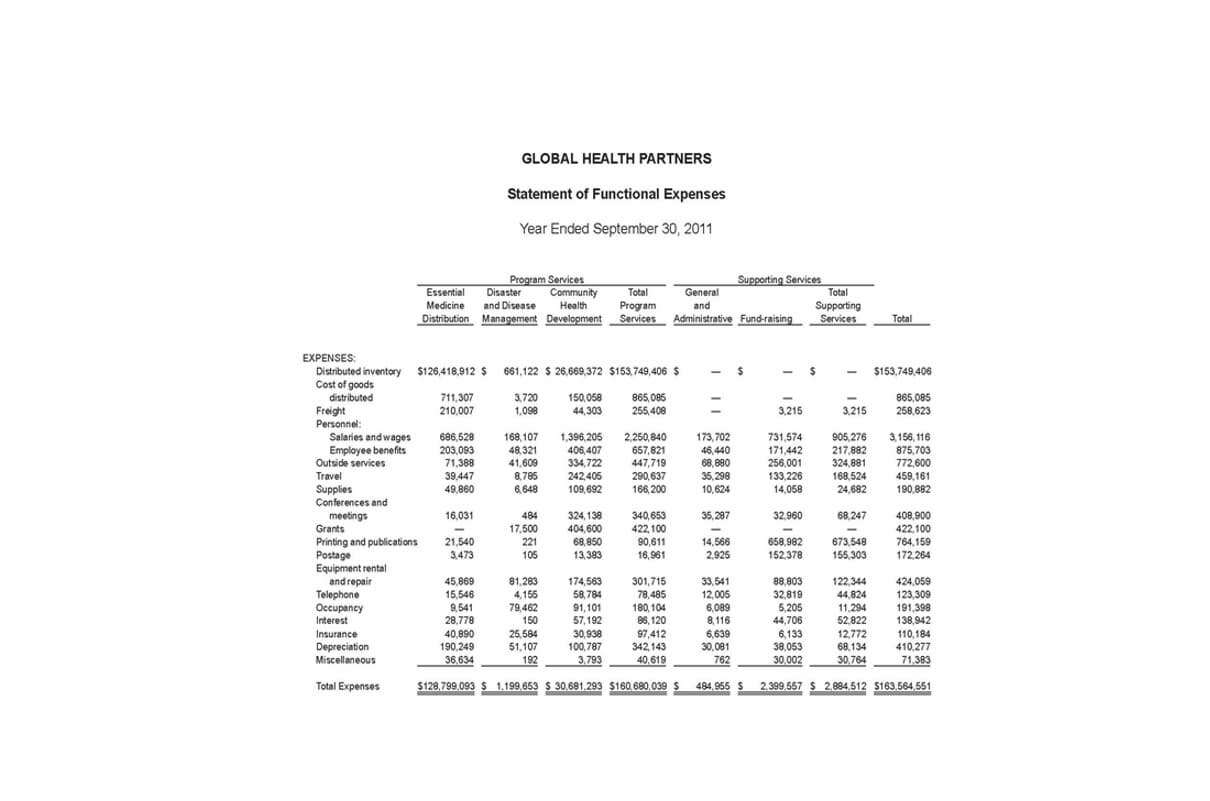
It offers a perspective on the company’s amount of leverage or debt used to finance its assets. A company with a high equity multiplier is typically seen as riskier to lenders and creditors, as it indicates a high level of debt relative to equity. From a credit risk perspective, if a firm has a high degree of leverage, then it is more likely to default on its obligations, making it a higher credit risk.
Assessing Risk in the Banking Industry
Companies that rely too heavily on debt financing will have high debt service costs and will have to raise more cash flows in order to pay for their operations and obligations. In contrast, the debt ratio—another leverage ratio—expresses the proportion of a company’s assets that are financed by debt. A higher ratio means a larger portion of a company’s assets is funded by debt, implying higher financial risk. A lower ratio suggests more assets are self-financed, which is usually more attractive to investors and creditors.

Operating Profit Margin: Understanding Corporate Earnings Power

Companies with higher Equity Multiplier are generally perceived to be riskier. This is because the equity multiplier is equal to high financial leverage implies that the firm is highly reliant on debt to finance its operations. Consequently, while higher leverage can lead to higher returns, it can also increase the risk of defaults or bankruptcy if the company fails to meet its debt obligations. That’s why you need to go to the advanced calculation and look at the financial leverage ratios in detail.
Debt and Financing
It’s helpful by itself and as part of a DuPont analysis, which is a financial tool that breaks out how a company generates a return on equity (ROE). The equity multiplier is calculated by dividing the company’s total assets by its total stockholders’ equity (also known as shareholders’ equity). A company’s equity multiplier varies if the value of its assets changes, or the level of liabilities changes. If assets increase while liabilities decrease, the equity multiplier becomes smaller. That’s because it uses less debt and more shareholders’ equity to finance its assets.
Equity Multiplier Formula
Company EP has average total assets of $100 billion, beginning equity of $40 billion, net income for the year of $10 billion and dividends paid during the year of $4 billion. The ratio of the two helps investors assess the financial leverage of a company, allowing them to make better investment decisions. By calculating the ROE under DuPont analysis, the investor gets a clear idea of how much operational efficiency the company has plus how much efficiency of the assets the company has achieved. It provides valuable insights into the financial structure and risk profile of companies in these sectors. Companies that adopt a strategy centered around minimising risk might aim to keep their equity multiplier low, indicating a reliance on equity capital rather than debt.
Equity multiplier differs from other debt-management ratios in that it is calculated by comparing average values instead of closing values. If the difference between average and closing values is small, debt ratio can be converted to equity multiplier and vice versa using simple algebra. The formula for calculating Equity Multiplier is Total Assets / Total Equity. It entails the proportion of equity financing https://www.bookstime.com/ with a company’s assets. This is a simple example, but after calculating this ratio, we would be able to know how much assets are financed by equity and how much assets are financed by debt.

- A lower equity multiplier is preferred because it indicates the company is taking on less debt to buy assets.
- If assets increase while liabilities decrease, the equity multiplier becomes smaller.
- That means if the company is financing its assets more by debt financing and the other companies in the industry have been doing the same, then this may be the norm.
- Thus, it shows the proportion of equity in the capital structure of the business.
Equity multiplier equation gives the stakeholders an idea about how the company has funded its assets. If the ratio is high, it would signify that the proportion of debt is higher as compared to equity and a lower ratio would indicate a higher proportion of equity. The debt obligation and the pressure of loan repayment will eat away the earnings if the business is not strategically planned to manage its finances in an optimum way. For some companies, a high equity multiplier does not always equate to higher investment risk. A high use of debt can payroll be part of an effective business strategy that allows the company to purchase assets at a lower cost.
Return on Equity (ROE) vs. Return on Assets (ROA)
- By contrast, a lower ratio suggests more of a company’s assets are paid for by shareholders, referring to potentially safer financial prospects.
- Through this risk management lens, the equity multiplier becomes a useful tool for decision-making in various areas such as capital acquisition, resource allocation, and strategic planning.
- The equity multiplier and the debt ratio, although both being important financial ratios, serve different functions when it comes to financial analysis.
- The equity multiplier is a commonly used financial ratio calculated by dividing a company’s total asset value by total net equity.
- In practical terms, these two ratios can impact a company’s borrowing costs.
The equity multiplier is also an important factor in DuPont factor analysis, which is a method of financial assessment devised by the DuPont Corp. for the purpose of internal review. The DuPont model breaks return on equity (ROE) into its constituent pieces, which are popular financial ratios and metrics. Net profit margin, asset turnover and the equity multiplier are combined to calculate ROE, which allows analysts to consider the relative of each impact separately. If ROE changes over time or diverges from normal levels for the peer group, DuPont analysis indicates how much of this is attributable to financial leverage.

As we mentioned above, equity multiplier only provides a snapshot of a company’s financial leverage at a single point in time. To get a more complete picture of a company’s leverage, you would need to calculate equity multiplier over multiple periods of time. It’s important to note that equity multiplier only provides a snapshot of a company’s financial leverage at a single point in time. This makes Tom’s company very conservative as far as creditors are concerned. The financial analysts, investors and management use this metric of equity multiplier ratio to evaluate the risk profile of the business.
